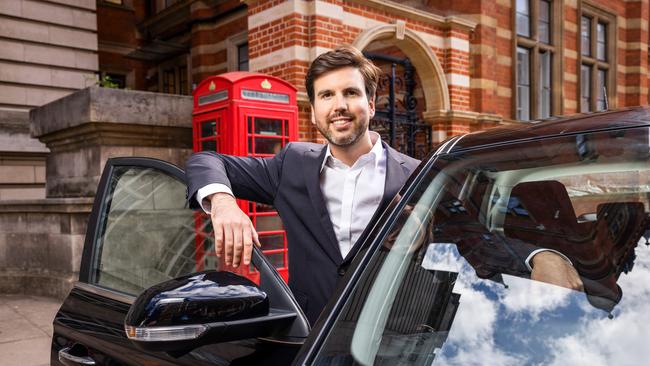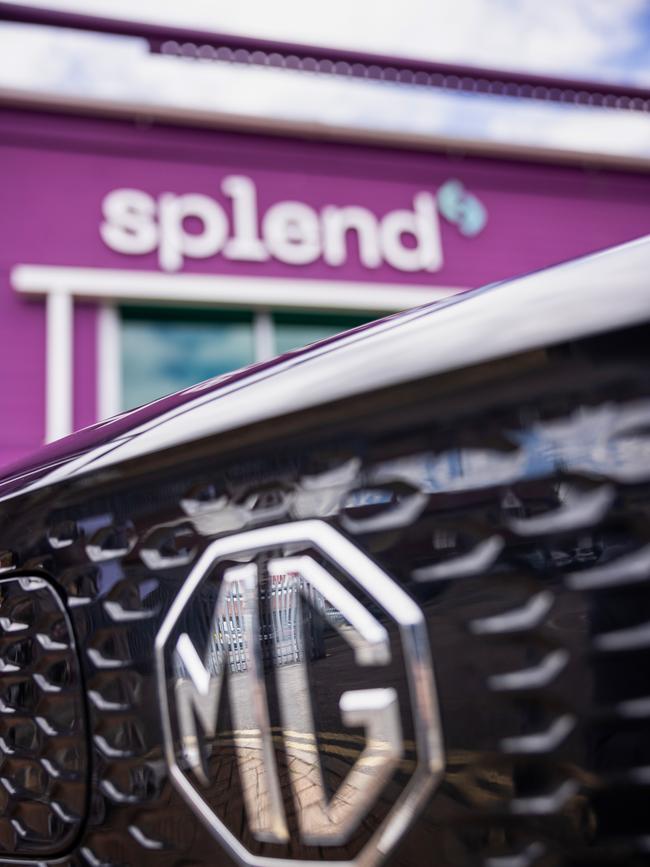Splend scores $20m clean energy funding to boost EV fleet for Uber drivers
A fintech that rents cars to rideshare and delivery drivers has landed another $20m in government clean energy funding to increase its fleet of electric vehicles.

Fintech Splend has picked up $20m from the Albanese government’s green bank as the vehicle-subscription service targets an ambitious 2000 electric vehicle portfolio by the end of 2024.
The Sydney start-up, founded in 2015, has scored $40m from the Clean Energy Finance Corporation (CEFC) since June last year for its subscription service which rents vehicles to rideshare and delivery drivers.
Now it’s banking on high growth in the electric vehicle market, looking to quadruple the number of EVs it offers and capitalise on greener travel options such as Uber’s Green service.
Splend was founded by Chris King, a former West Australian government advisor and former chief financial officer at electronics manufacturer KP Electric.
He built Splend as an alternative finance model for rideshare drivers, including Uber and Didi and the now defunct Ola and inDrive.
Mr King said the rideshare market had become a “key battleground” is the race net zero emissions.
“Electrifying transportation is crucial for achieving zero-emission mobility, and rideshare is a key battleground. We had under 500 EVs on the roads one year ago in NSW.
“With CEFC’s $40m backing, we’ll finish 2024 with over 2,000 EVs nationwide, providing affordable, sustainable transport across Australia.”
Splend said in total it was aiming for 5000 vehicles in its hire fleet and claims its 2000 EVs would reduce emissions by over 15,000 tonnes per year compared to internal combustion engine vehicles. The start-up has purchased 500 EVs since 2022.
The company offers either a rent-to-own or pure rental service, with prices beginning at $389 per week and a $299, respectively for a vehicle

There are more than 100,000 rideshare vehicles across Australia, with just 3 per cent being electric, Mr King said.
“Over the next five years, Splend aims to transition at least an additional 15,000 rideshare vehicles to EV as more models hit the market and charging infrastructure expands nationwide.”
Splend estimated that rideshare vehicles accounted for about 22.5 per cent of total emissions in Australia last year.
CEFC executive director Richard Lovell said the green bank saw a major opportunity to reduce emissions via the rideshare sector.
“Given the frequency with which rideshare cars are used, it represents a significant source of potential emissions reduction.
It’s estimated that EVs now represent around one per cent of Australia’s total light vehicle fleet,” he said.
Climate Change and Energy Minister Chris Bowen added that “rideshare drivers can clock over four times as many kilometres as typical vehicles”.
“So the more we help rideshare drivers choose cleaner, cheaper-to-run EVs, the greater savings they’ll see and the more transport sector emissions we can cut,” he said.
Splend’s EV rent-to-own service is one of several that are targeting the rideshare industry, with US giant Uber also committing $30m to subsidise the costs of EVs for its drivers.
But the rideshare giant recently found itself in hot water over its green services after a glitch in its software began to charge customers a fuel surcharge even if they had travelled in an electric vehicle. The company had since refunded the chargers.
Uber, which is responsible for about 150,000 vehicles on Australian roads, said its latest data showed that as many as 20,000 trips each day are taken in EVs.







To join the conversation, please log in. Don't have an account? Register
Join the conversation, you are commenting as Logout